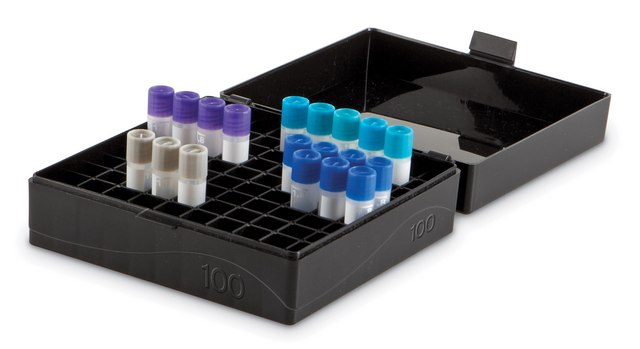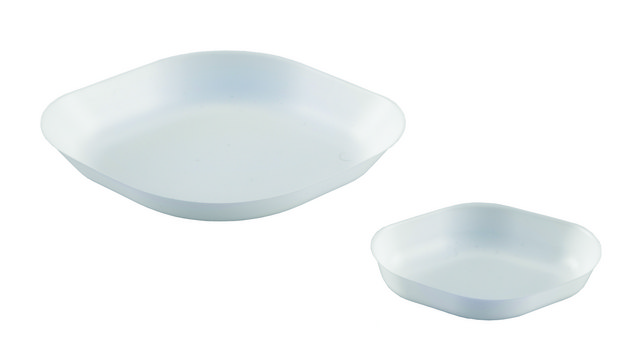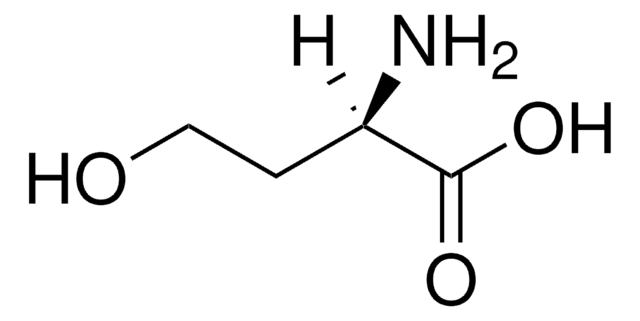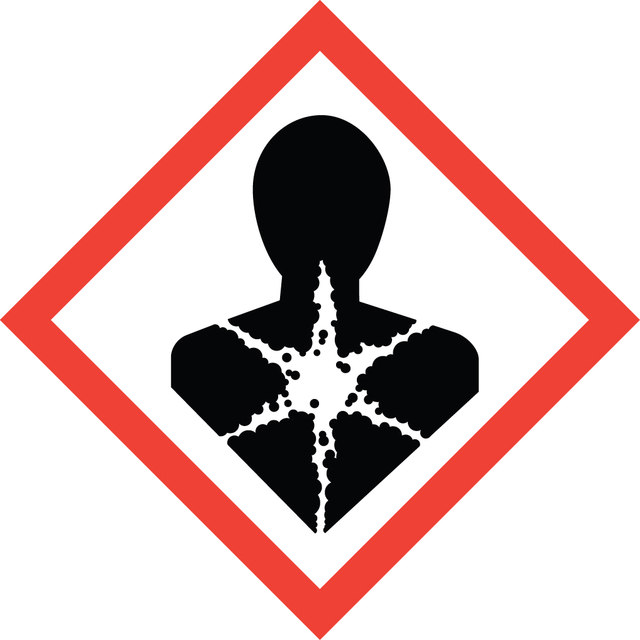HSTUD0228
MISSION® Synthetic microRNA Inhibitor, Human
hsa-miR-146a-5p
Synonym(s):
hsa-miR-146a
Sign Into View Organizational & Contract Pricing
All Photos(1)
About This Item
UNSPSC Code:
12352200
NACRES:
NA.51
Recommended Products
product line
MISSION®
form
solid
mature sequence
UGAGAACUGAAUUCCAUGGGUU
Sanger mature/minor accession no.
Sanger microRNA accession no.
storage temp.
−20°C
General description
Individual synthetic microRNA inhibitors were designed using a proprietary algorithm, which is based on the work of Haraguchi, T, et al. and in collaboration with Dr. Hideo Iba, University of Tokyo. This algorithm utilizes the tough decoy (TuD) design. miRNA are known to regulate gene expression in a variety of manners, including translational repression, mRNA cleavage and deadenylation.
The MISSION synthetic miRNA Inhibitors are small, double-stranded RNA molecules designed to inhibit a specific mature miRNA. The miRNA inhibitors were designed using the mature miRNA sequence information from miRBase and are 2′-O-methylated RNA duplexes with a miRNA binding site on each strand. Optimal miRNA inhibition is provided after transfection due to the robust secondary structure of the inhibitor.
Two negative controls are available: Arabidopsis thaliana sequence (NCSTUD001) and Caenorhabditis elegans sequence (NCSTUD002)
The MISSION synthetic miRNA Inhibitors are small, double-stranded RNA molecules designed to inhibit a specific mature miRNA. The miRNA inhibitors were designed using the mature miRNA sequence information from miRBase and are 2′-O-methylated RNA duplexes with a miRNA binding site on each strand. Optimal miRNA inhibition is provided after transfection due to the robust secondary structure of the inhibitor.
- Long lasting inhibition at very low dosage
- Excellent resistance to cellular nucleases
- Custom synthesis available for a variety of species
Two negative controls are available: Arabidopsis thaliana sequence (NCSTUD001) and Caenorhabditis elegans sequence (NCSTUD002)
Other Notes
Based on miRBase V19
Legal Information
MISSION is a registered trademark of Merck KGaA, Darmstadt, Germany
Signal Word
Warning
Hazard Statements
Precautionary Statements
Hazard Classifications
STOT RE 2 Inhalation
Target Organs
Respiratory Tract
Storage Class Code
11 - Combustible Solids
WGK
WGK 3
Flash Point(F)
Not applicable
Flash Point(C)
Not applicable
Regulatory Information
新产品
Choose from one of the most recent versions:
Certificates of Analysis (COA)
Lot/Batch Number
It looks like we've run into a problem, but you can still download Certificates of Analysis from our Documents section.
If you need assistance, please contact Customer Support.
Already Own This Product?
Find documentation for the products that you have recently purchased in the Document Library.
Angela Avenoso et al.
Biochimica et biophysica acta. General subjects, 1865(1), 129731-129731 (2020-09-16)
Small HA fragments are produced during cartilage degradation and their role seems to be preponderant during pathologies in which cartilage injury contribute to trigger and perpetuate the inflammatory mechanism. Several reports have increasingly shown that MicroRNAs (miRs), a small non-coding
Joseph P Flemming et al.
Journal of extracellular vesicles, 9(1), 1790159-1790159 (2020-09-19)
Exosomes, or small extracellular vesicles (sEVs), serve as intercellular messengers with key roles in normal and pathological processes. Our previous work had demonstrated that Dsg2 expression in squamous cell carcinoma (SCC) cells enhanced both sEV secretion and loading of pro-mitogenic
Our team of scientists has experience in all areas of research including Life Science, Material Science, Chemical Synthesis, Chromatography, Analytical and many others.
Contact Technical Service







